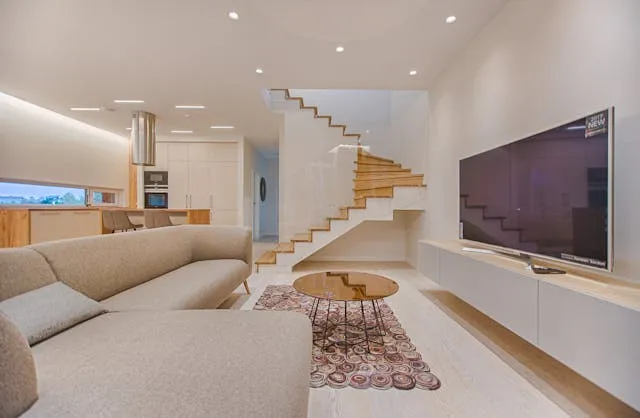UI/UX Design for Mobile Apps: Creating Experiences That Stick

In today’s hyperconnected world, your mobile app is often the first handshake between your brand and your users. But it’s not enough for that app to simply function—it needs to feel right. Smooth interactions, intuitive navigation, and a seamless journey from start to finish are what keep users coming back. That’s where UI/UX design for mobile apps comes into play.
While some assume mobile design is just about shrinking down web elements, the reality is far more complex. Mobile users are on the go, often distracted, and have limited screen real estate to work with. Designing for them requires a deeper understanding of context, human behavior, and responsive interaction. Great mobile app design doesn’t just look good—it anticipates needs, removes friction, and delights with simplicity.
The Core of Mobile UX Design: User-Centered Thinking
At the heart of any successful app lies a commitment to user-centered design. That means putting yourself in your user’s shoes at every stage of the journey—from the moment they open your app to the task they came to complete.
UX design for mobile apps starts with understanding the user’s goals. Why are they using your app? What pain points are they trying to solve? Whether it’s ordering food, tracking fitness, or chatting with friends, your design should guide users effortlessly toward that goal.
Mobile UX also means designing for touch. Buttons need to be thumb-friendly, content must be scannable, and gestures should feel natural. You also need to account for things like limited attention spans, poor lighting, or one-handed use. Every decision—from layout to micro-interactions—should reduce effort and increase clarity.
UI Design: More Than Just a Pretty Interface
UI design brings the mobile experience to life visually. It’s not just about colors and fonts—it’s about clarity, consistency, and emotional resonance. A beautiful interface that aligns with the app’s purpose can instantly earn trust and improve usability. But the visual layer must always serve function, not distract from it.
Mobile UI should be minimalist but intentional. Every element must have a purpose. Space, color, typography, and iconography work together to create a hierarchy that guides users without overwhelming them. Small touches like animations or transitions, when done thoughtfully, can elevate the experience from basic to memorable.
Design consistency is also critical. When users move between screens, they shouldn’t have to re-learn how things work. A unified style system ensures your app feels polished and professional—whether it’s their first visit or their hundredth.
Also Read: The Art of Layering Rugs: Elevate Your Interior Design
Balancing Innovation With Familiarity
Every mobile app wants to stand out—but not at the cost of usability. Striking the right balance between innovation and familiarity is one of the biggest challenges in mobile UI/UX design.
Users come with expectations formed by other apps they use daily. Familiar patterns like bottom nav bars, swipe gestures, and hamburger menus exist for a reason. They help users get up to speed quickly. Yet, there’s room for creativity within those boundaries—especially when you’re solving a problem in a new way or creating a fresh brand experience.
The key is to innovate where it adds value and stay grounded in usability where it counts. That balance is what separates a gimmicky app from a great one.
Collaboration Brings It All Together
Great mobile app design doesn’t happen in isolation. It’s the result of deep collaboration between UX researchers, designers, developers, and product teams. Everyone brings a unique perspective to the table, and when these insights come together, the result is more holistic and user-focused.
Working with a team like the Musemind UX design team in Berlin ensures every aspect of your app is aligned with best practices and forward-thinking strategies. From wireframes to final screens, their process blends creativity and technical precision, helping you craft a mobile product that’s both beautiful and effective.
Testing, Iterating, and Improving
Launching your app isn’t the end—it’s the beginning of a long-term relationship with your users. And just like any relationship, it needs attention, listening, and adaptation.
User testing and feedback loops are essential to understanding what’s working and what needs refinement. Maybe a button is too small, or a flow isn’t as intuitive as you thought. Real-world usage reveals these insights.
Iterative design allows teams to learn fast and evolve continuously. Whether it’s A/B testing a new feature or redesigning a clunky flow, these changes—driven by real data—are what help good apps become great.
Conclusion
UI/UX design for mobile apps is ultimately about creating meaningful, frictionless experiences for people. It’s more than just pixels and layouts—it’s empathy translated into design.
As mobile devices continue to shape how we interact with the digital world, the demand for thoughtful, user-first design is only growing. Whether you’re launching a startup or revamping an existing product, investing in smart UI/UX design isn’t just a luxury—it’s a necessity.
Because in the end, the apps that win are the ones that feel like they were made just for you.






